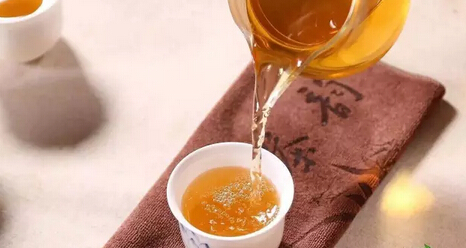
Around the Qingming Festival, people try new tea, boiling a pot of hot water, brewing a cup of elegance, observing the depth of the tea, smelling its fragrance, and savoring the flavors of the seasons, gaining a moment of purity and grace.
The essence of tea lies in its taste and the philosophy behind it, which requires both elegance and a mindful approach. Tea is categorized into: Green Tea, Black Tea, White Tea, Yellow Tea, Oolong Tea, and Dark Tea. Each type has its unique aroma and flavor.
The fundamental difference among these teas lies in the oxidation level of polyphenols like flavanols in the leaves. Think of it like an apple—when cut, it oxidizes and changes color. Similarly, tea processing either inhibits or promotes this oxidation process.
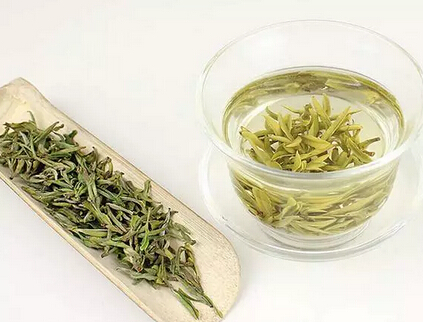
「Green Tea: Unfermented, Emphasizing Freshness」
Green tea is characterized by high-temperature processing right after harvesting to deactivate enzymes and inhibit polyphenol oxidation. Hence, it exhibits "three greens": dry leaves are green, the tea soup is green, and the brewed leaves remain green.
Additionally, the younger the leaves, the fresher and more refreshing the taste, so premium green teas often use very tender leaves. For green tea, appearance matters more than inner quality, so when selecting, pay attention to the tenderness, integrity, density, and color of the leaves.
How to brew: Use water at 85°C (185°F) and steep for 2–3 minutes. The tea-to-water ratio should be 1:50. Use a porcelain cup or transparent glass, and do not cover while brewing.
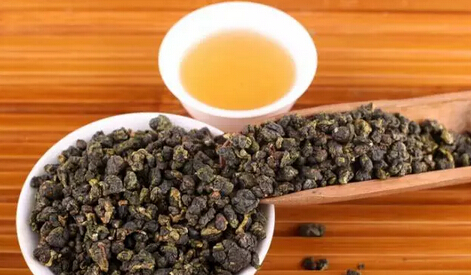
「White Tea: Unfermented, Simple Production」
White tea is the simplest to produce, naturally processed over two to three days without any fermentation, neither promoting nor inhibiting polyphenol oxidation. The dry leaves are covered with white hairs, resembling a small snow-capped mountain—hence the name "white tea."
Kill-green (enzyme deactivation) keeps the leaves green, like stir-frying vegetables quickly. Rolling shapes the leaves and releases juices, while roasting dries them and enhances aroma. White tea skips all these steps—no kill-green, rolling, or roasting—resulting in a nearly colorless brew.
If brewed in a gaiwan with longer steeping, the liquor may turn light yellow or apricot. If the dry leaves appear too green or red, it indicates flaws in processing.
How to brew: It’s simple—use boiling water, toss a handful into a cup, and steep.
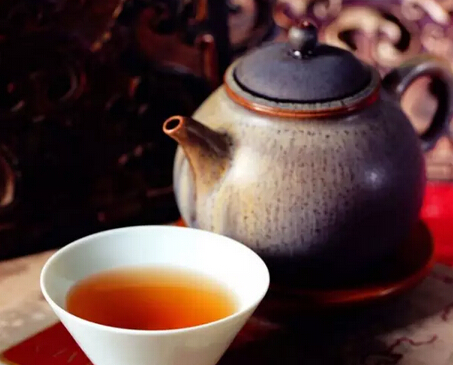
「Yellow Tea: Lightly Fermented, "Smothered" Yellow」
Yellow tea is rare—even locals in yellow tea regions may not know it. Just as greens turn yellow when smothered in a pot, yellow tea undergoes a similar process. After kill-green like green tea, it turns yellow through wet or dry heat.
Yellow tea has yellow dry leaves, yellow liquor, and yellow brewed leaves. However, many modern yellow teas are under-processed, resembling green tea.
How to brew: Use a small amount of 90°C (194°F) water for 30 seconds to 1 minute, then fill 80% and steep for 2–3 minutes. Leave 1/3 of the liquor for the second brew.
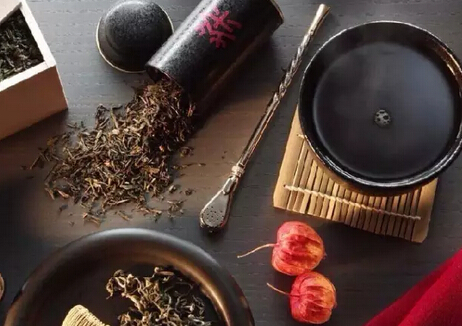
「Oolong Tea: Semi-Fermented, Balanced Characteristics」
Oolong tea, also called Qingcha, is semi-fermented, though "semi" is imprecise. The lightest-fermented oolong (like Baozhong) nears green tea, while the heaviest (like Oriental Beauty) approaches black tea (both extremes are from Taiwan). The largest oolong producer is Fujian, home to well-known Tieguanyin and Dahongpao.
Oolong’s uniqueness lies in first promoting polyphenol oxidation, then abruptly stopping it, blending traits of green and black teas. No tea demands more brewing skill than oolong—hence its nickname, "kung fu tea."
How to brew: Use vessels that separate leaves from liquor (gaiwan, teapot-cup, or strainer cup) and 100°C (212°F) water. Cover after brewing, and pour out all liquor between steeps to avoid flavor interference.
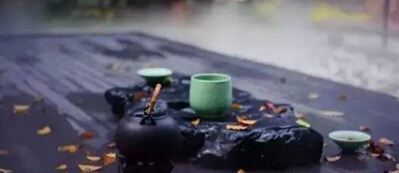
「Black Tea: Fully Fermented, Bright Red Liquor」
Withering, rolling, and fermenting all aim to oxidize polyphenols. Polyphenols are colorless, but during processing, catechins polymerize into yellow theaflavins and red thearubigins, giving black tea its bright red liquor and leaves. However, drying darkens the surface, making dry leaves black.
Foreigners named it "black tea" before knowing dark tea, which then got stuck with "dark tea."
How to brew: Use freshly boiled water and steep for 3–5 minutes. Glass cups work best—preheat with 1/10 hot water, add 3–5g leaves, then pour water along the sides. Note: Avoid fresh black tea; let it rest for half a month first.
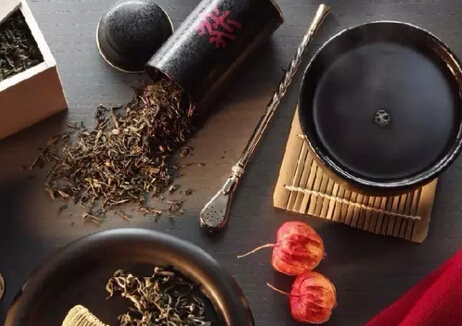
「Dark Tea: Post-Fermented, Tea Horse Road」
Like black tea, dark tea oxidizes polyphenols, but its enzymes come from microbes, not the leaves. Thus, it’s called "post-fermented" tea, suppressing leaf enzymes while boosting microbial activity. Dark tea aids digestion and gut microbiota.
Historically, dark tea was traded along the Tea Horse Road to border regions as a staple. Coarse leaves were used for boiling, not steeping. Modern versions like "Imperial Pu-erh" use tender leaves suitable for brewing.
How to brew: Boil coarse leaves or steep tender ones in 100°C (212°F) water.
【Common Misconceptions】
Anji White Tea is white tea—wrong. It’s processed like green tea. Tieguanyin is both a tea name and cultivar, usually made into oolong, sometimes black, rarely green. Dahongpao is an oolong, not a green tea. Lapsang Souchong originates from Tongmuguan, not Zhengshan Tang.
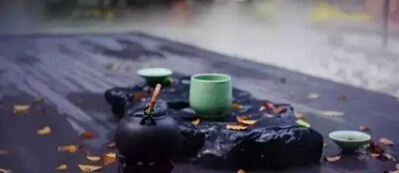
Fresher tea is better—not always. New tea tastes vibrant but may cause internal heat. High polyphenol and caffeine content can irritate the stomach. Also, not all teas should be tender (e.g., oolong).
Tea sobers you up—partly. It speeds alcohol breakdown and aids excretion via diuresis but strains the liver/kidneys. Those with organ issues should avoid tea as a hangover cure.
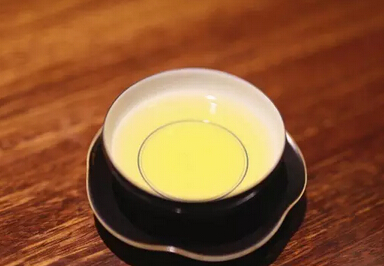
Rinse tea; discard the first brew—depends. Oolong and dark tea need a quick rinse, but green/black teas don’t. Pesticide residue fears are overblown—tea pesticides are water-insoluble.
【Identifying New Tea】
Appearance: New tea is plump, tightly wrapped, often hairy, and vibrant. Brewed liquor is clear and greenish.
Aroma: New tea smells intense; aged tea is dull. Aromatic compounds evaporate and oxidize over time, flattening the scent.
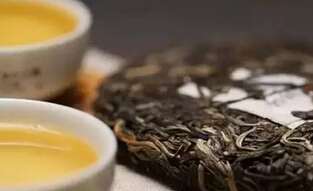
Taste: New tea is fresh, mellow, and uplifting. Aging hydrolyzes and oxidizes lipids, creating a stale flavor.
Moisture: New tea has ≤7% water content—brittle, crumbling when pinched.